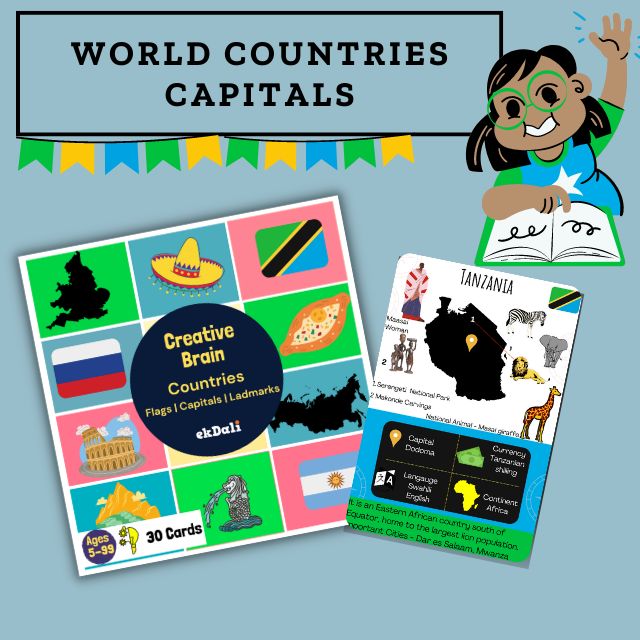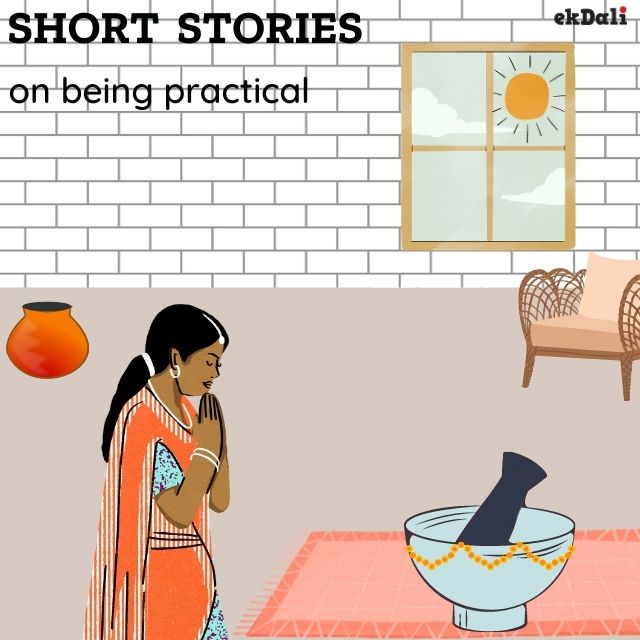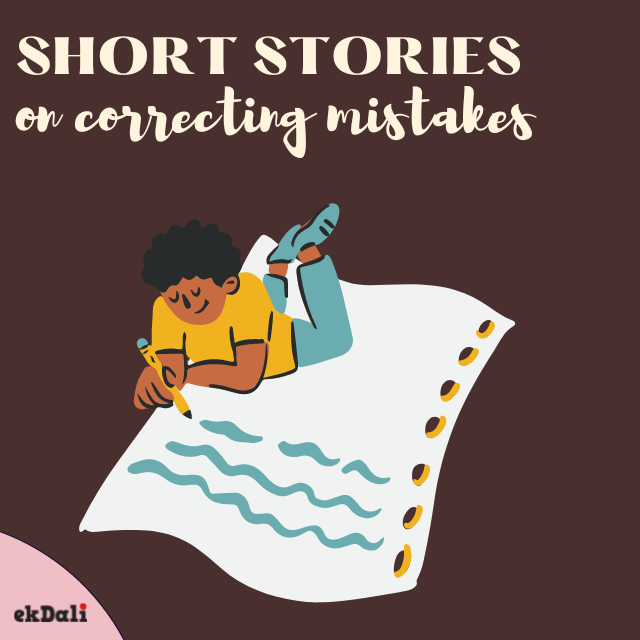Learning to read and tell time can be challenging for kids. However, it is advantageous to give them the right instruction in their early years. The following behaviours will help your child better understand time and make it simpler for them to interpret it from clocks and watches.
1. Timelines are useful
Maintaining a routine gives children security and stability while also helping them understand that tasks must be performed at specified times. Each task should have a routine poster label with a time listed on it. As an illustration, "9 o'clock is breakfast time," "10 o'clock is study time," etc.
2. Conversations that focus on time
Reciting the days of the week and the months of the year will help you incorporate time-related terminology into your everyday interactions. Use expressions like "your father's birthday is tomorrow" or "we're going to see your grandmother this afternoon."
3. Hourly notifications
Keep a clock nearby for each person at home, and periodically shout out the time. They can determine their next action by looking at their usual poster. Start with "o'clock" and then gradually add "am" and "pm." It aids kids in connecting time with the appropriate period of the day.
4. Time passing
Give your youngster a deadline by which an assignment must be finished. For instance, you may spend 30 minutes watching television. By having students keep track of a timer during study breaks, you may also introduce the idea of minutes and seconds.
5. Construct a clock.
Get some craft supplies and create a straightforward clock with your kid. In addition to being entertaining, it instructs the child on the many components of a clock. Teach your youngster the visual representations of an hour, a half-hour, five minutes, and a second on a clock gradually.
6. The activity of sequencing
By encouraging them to place cards in the order that each task is performed, you can draw or print your child's daily schedule. This enables the child to distinguish between activities carried out during the day and those carried out at night.
7. Sunlight, shadows, and time
People built sundials to tell the time in ancient times. The sun is used as a rudimentary scientific clock by this apparatus. Create one by placing a stick on the ground and denoting the region with numbers where its shadow falls. Your child will be amazed when you compare it to a clock.
























